Mountain Laurel Pests – Fighting The Bugs That Eat Mountain Laurel Bushes
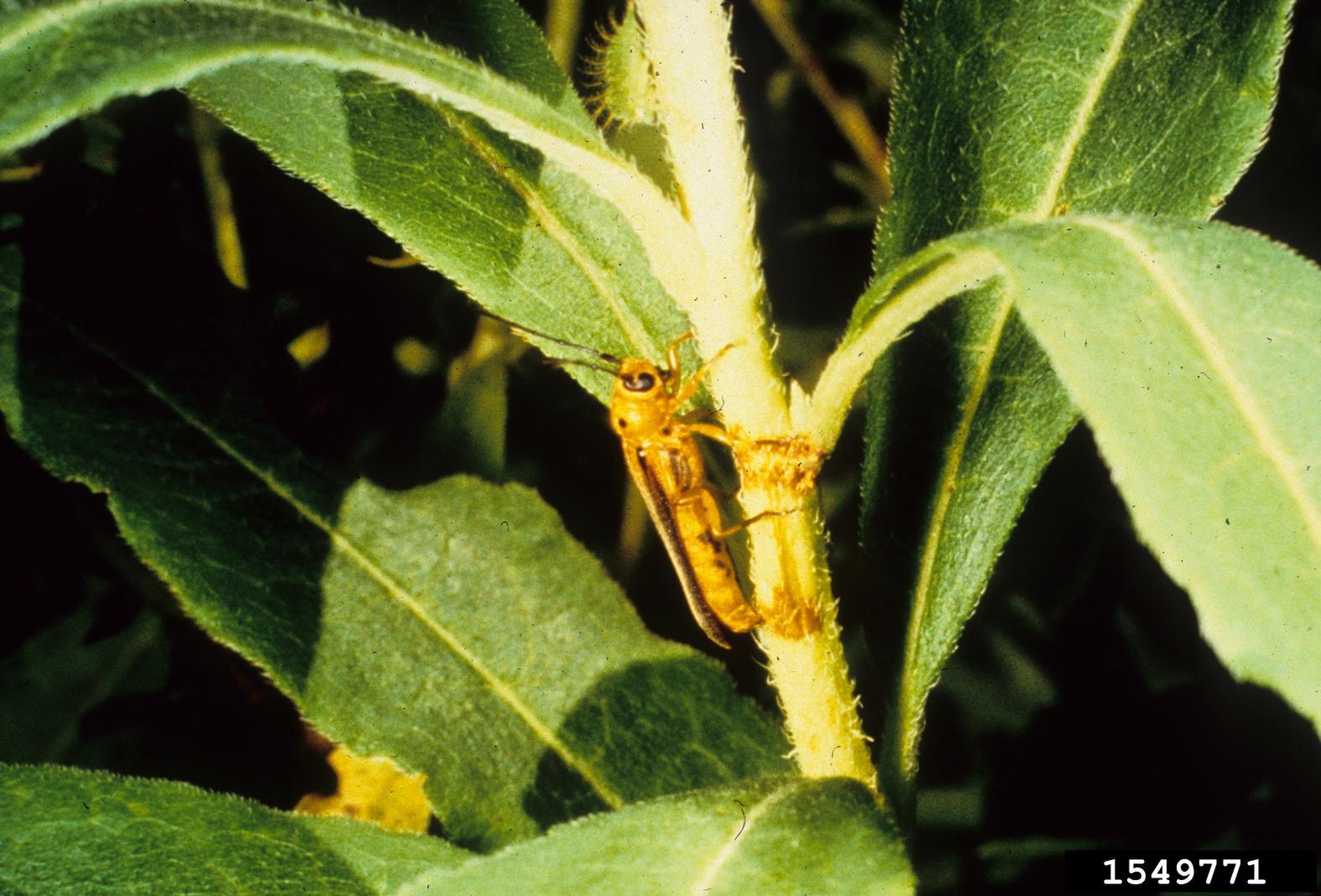

Mountain laurel is a pretty flowering shrub that zone 5 through 9 gardeners like to use for screening, borders, and other yard elements. Unfortunately, there are a number of pests of mountain laurel that you will have to contend with if you want to grow this beautiful shrub.
Types of Mountain Laurel Pests
This shrub is a great plant for shady yards and forest gardens, but there are a few bugs that eat mountain laurel. Be aware of all the possible mountain laurel insects that may infest so that you can take steps to prevent and manage as needed: Lace bug – If you see pale, mottled discoloration on your mountain laurel’s leaves, it may be lace bug that is sucking the sap out of them. This is one of the most common of mountain laurel insects and is small and square shaped. Weevil – Weevil larvae attack the roots of mountain laurel, which causes the leaves to turn yellow first, and ultimately the leaves and branches to die. The adult bugs fed on the leaves, leaving notches along the edges. Rhododendron borer – This is a small, pale larva that bores into stems and overwinters there. The boring damages stems and leaves scars. You may also see little piles of sawdust where they have entered a stem. Mulberry whitefly – Whitefly nymphs may infest the undersides of your mountain laurel leaves, so turn them over to check for infestation. Whiteflies are sap-sucking insects that quickly stress plants in large numbers.
Mountain Laurel Pest Control
To manage pests on your mountain laurel, start by giving it the best growing conditions; a healthy plant will be better able to resist pests and damage. Use compost in the soil, but don’t apply too much fertilizer. Keep it well watered during the growing season, using mulch to retain moisture. If you see signs of pests, there are some steps you can take to manage infestations. Lace bugs are often easy to spot, and you can remove these manually for minor infestations. For a bigger problem, use an insecticide on the affected leaves. Whitefly control usually requires use of an insecticide. For weevils, which drop from leaves when disturbed, you can lay down a cloth, shake the branches of the shrub, and collect the fallen insects. You can also use a plant barrier like tanglefoot to keep adult weevils from climbing up to eat the leaves. To manage larvae at the roots, use a pathogenic nematode or an appropriate pesticide. To manage a borer infestation, kill the larvae in their bore holes. You can do this manually with a hook or knife, or you can inject an insecticide into the holes you find with sawdust beneath them. Seriously damaged stems should be removed and burned. Adult borers can be caught with a black light trap. Note: Any recommendations pertaining to the use of chemicals are for informational purposes only. Chemical control should only be used as a last resort, as organic approaches are safer and more environmentally friendly.
Gardening tips, videos, info and more delivered right to your inbox!
Sign up for the Gardening Know How newsletter today and receive a free copy of our e-book "How to Grow Delicious Tomatoes".

Mary Ellen Ellis has been gardening for over 20 years. With degrees in Chemistry and Biology, Mary Ellen's specialties are flowers, native plants, and herbs.
-
 How To Make A Bouquet Garni Or Herb Bundle For Cooking
How To Make A Bouquet Garni Or Herb Bundle For CookingIf you’re a great cook, you may have made an herb bundle before. If this is a new idea, learn how to add sparkle and interest to your dish with a bouquet garni.
By Amy Grant
-
 ‘Coral Charm’ Peony Care For Sublime Semi-Double Peonies With Lush Salmon Pink Flowers
‘Coral Charm’ Peony Care For Sublime Semi-Double Peonies With Lush Salmon Pink FlowersPeonies are known for their soft baby pink or magenta tones, but if plushy coral blooms are your thing, here’s our guide to the ultimate ‘Coral Charm’ peony care
By Tonya Barnett
-
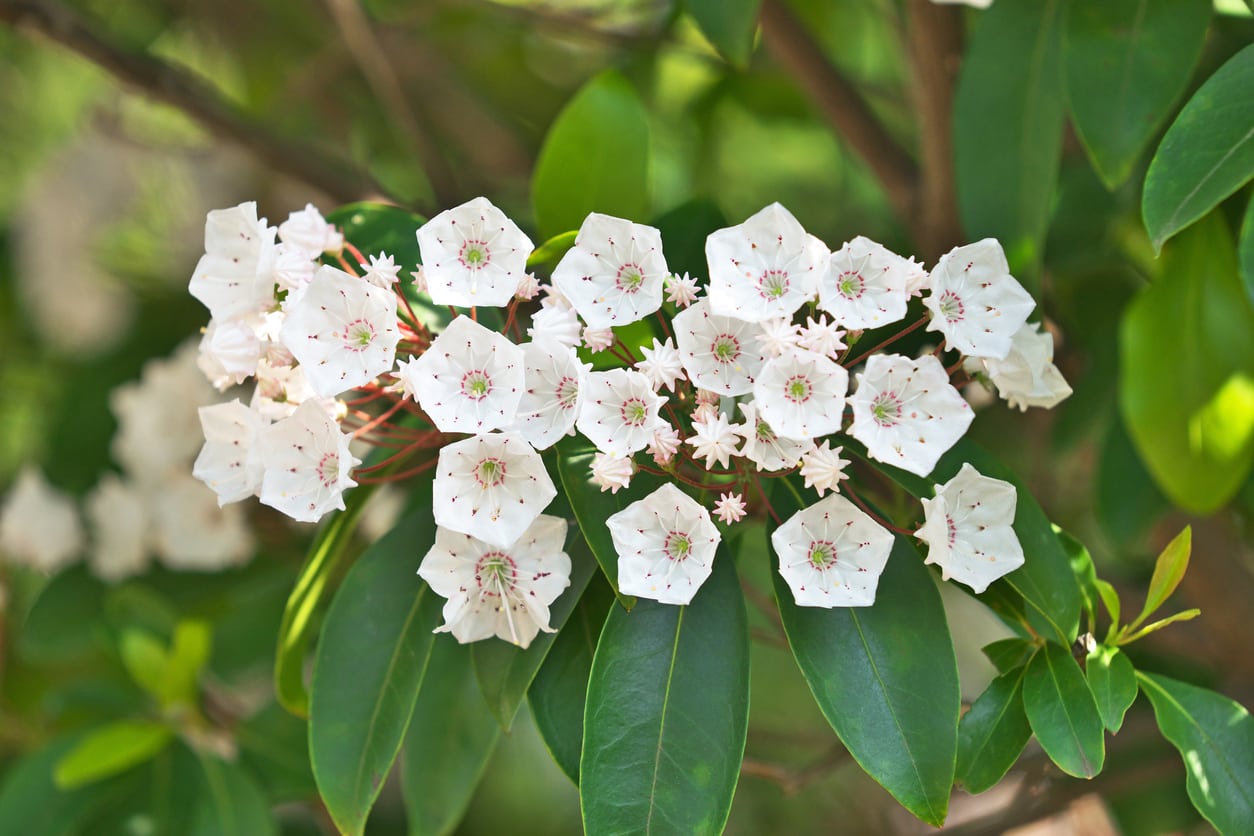 Potted Mountain Laurel Care – Learn About Container Grown Mountain Laurels
Potted Mountain Laurel Care – Learn About Container Grown Mountain LaurelsMountain laurel shrubs are usually used as landscape plants, and can often be seen blooming in dappled shade under trees and taller shrubs. But can you grow mountain laurel in a pot? Click here to learn more about caring for mountain laurel in containers.
By Liz Baessler
-
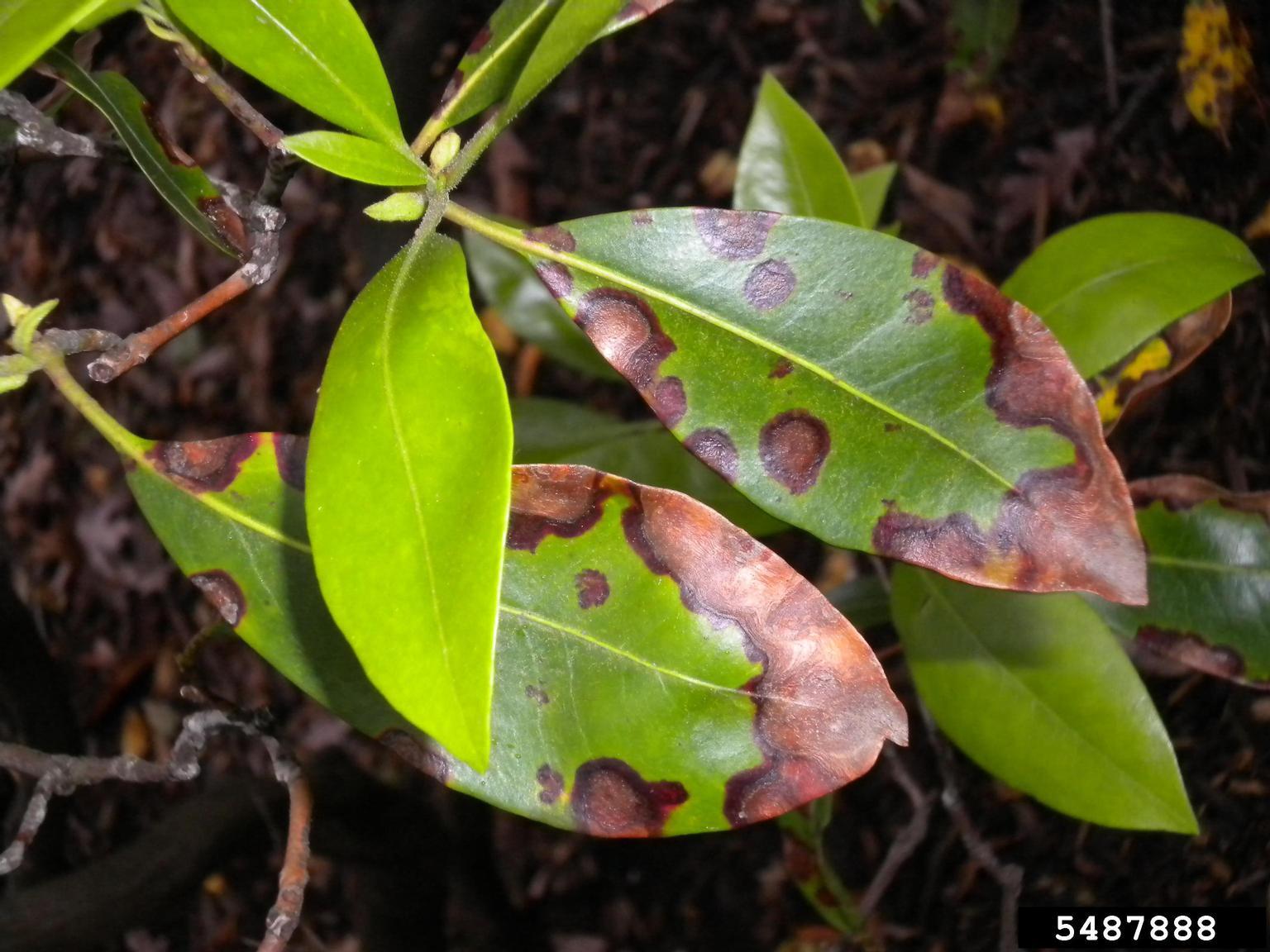 Mountain Laurel Leaves Are Browning – Why Are Mountain Laurel Leaves Turning Brown
Mountain Laurel Leaves Are Browning – Why Are Mountain Laurel Leaves Turning BrownMountain laurel usually remains green year round, so brown leaves on mountain laurels can be a sign of trouble. Determining the reason for brown mountain laurel leaves can be challenging and involves careful detective work. The following information may help.
By Mary H. Dyer
-
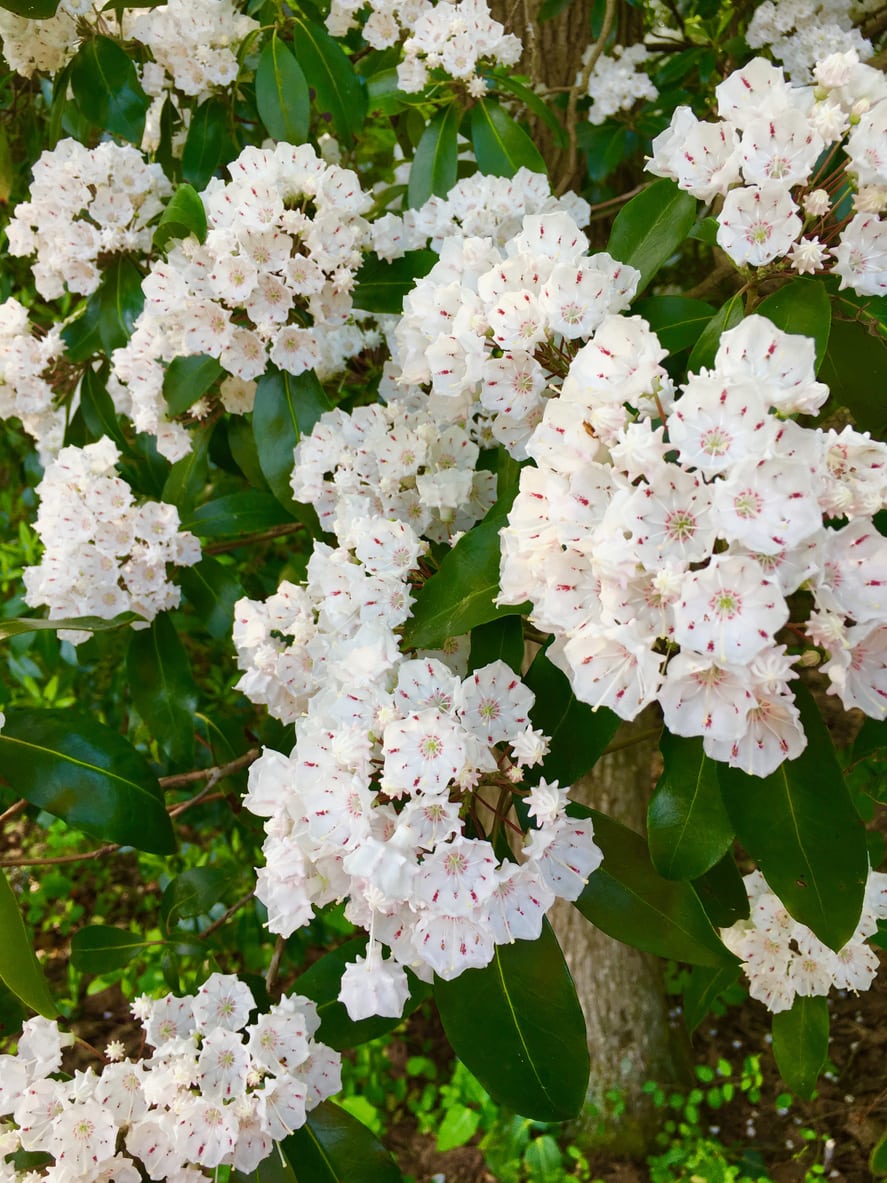 Mountain Laurel Trimming Tips: How To Prune Mountain Laurel Bushes
Mountain Laurel Trimming Tips: How To Prune Mountain Laurel BushesGrowing to a general height and width of five to eight feet (1.5 to 2 m.), cutting back mountain laurels may occasionally be necessary to fit the space they are in. To learn how to prune mountain laurel shrubs, click on this article for more information.
By Darcy Larum
-
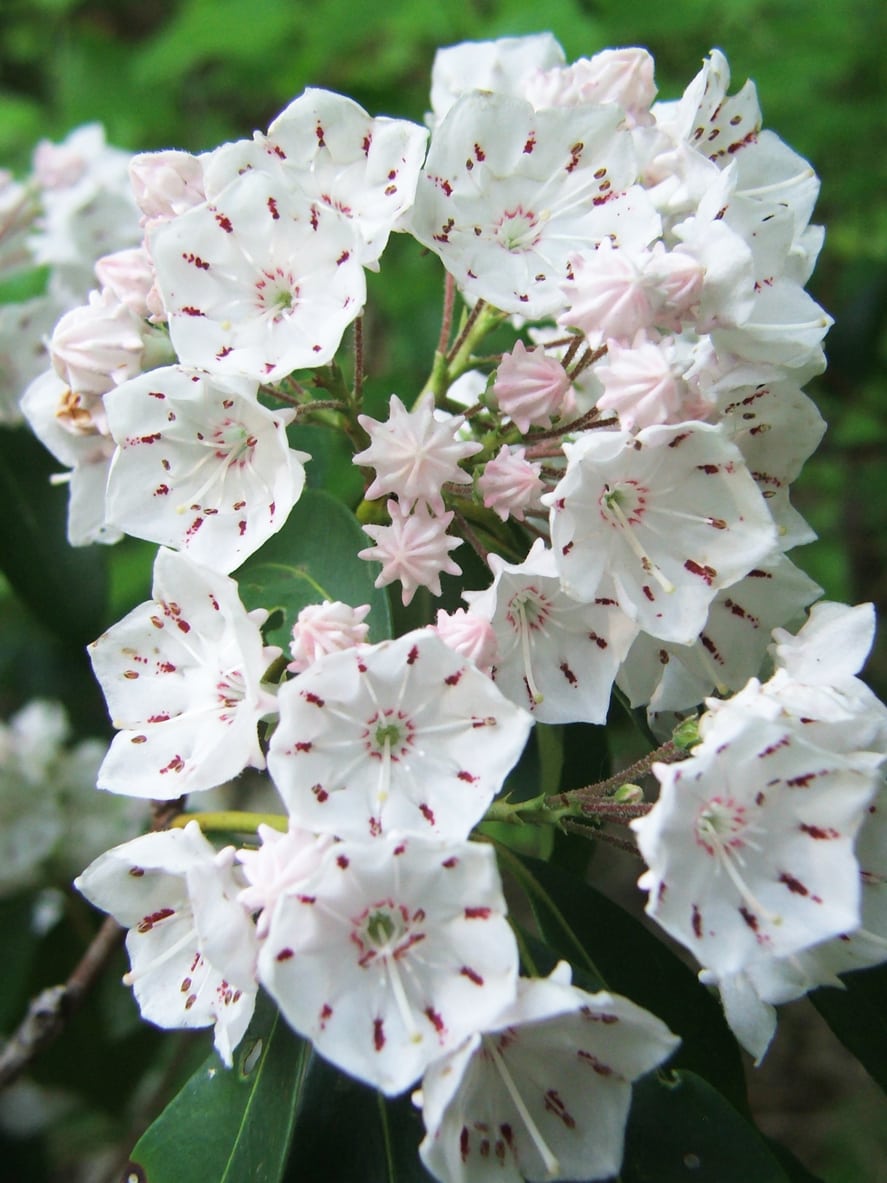 Cuttings From Mountain Laurel Shrubs: How To Root Mountain Laurel Cuttings
Cuttings From Mountain Laurel Shrubs: How To Root Mountain Laurel CuttingsMountain laurels grow happily reproduce from seeds, but these won’t reliably reproduce hybrid cultivars. The only way to be sure of clones is with cutting propagation. Growing cuttings from mountain laurel is possible, but not always easy. Learn more here.
By Teo Spengler
-
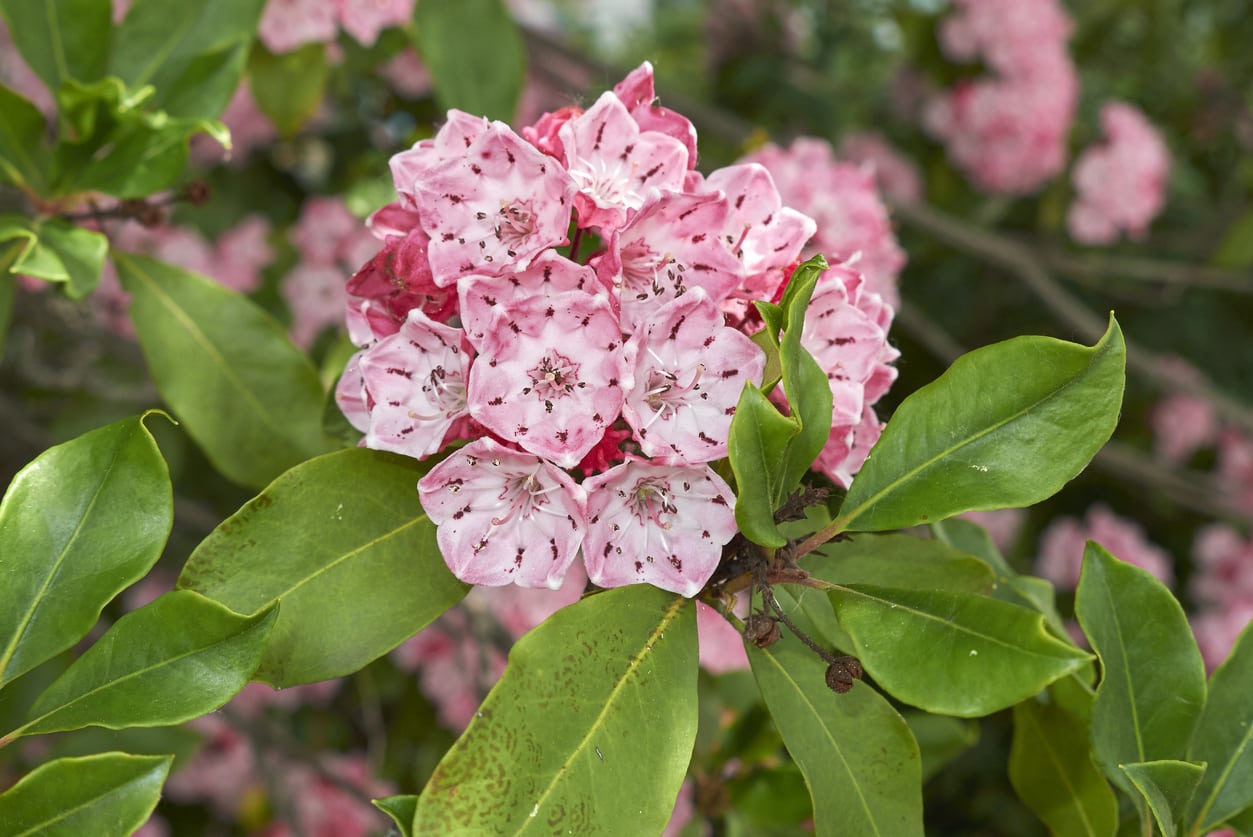 Mountain Laurel Losing Leaves – What Causes Leaf Drop On Mountain Laurels
Mountain Laurel Losing Leaves – What Causes Leaf Drop On Mountain LaurelsPlants lose leaves for a variety of reasons. In the case of mountain laurel leaf drop, fungal, environmental and cultural issues may be the cause. Figuring out which is the hard part but, once you do, most fixes are fairly easy. This article can help.
By Bonnie L. Grant
-
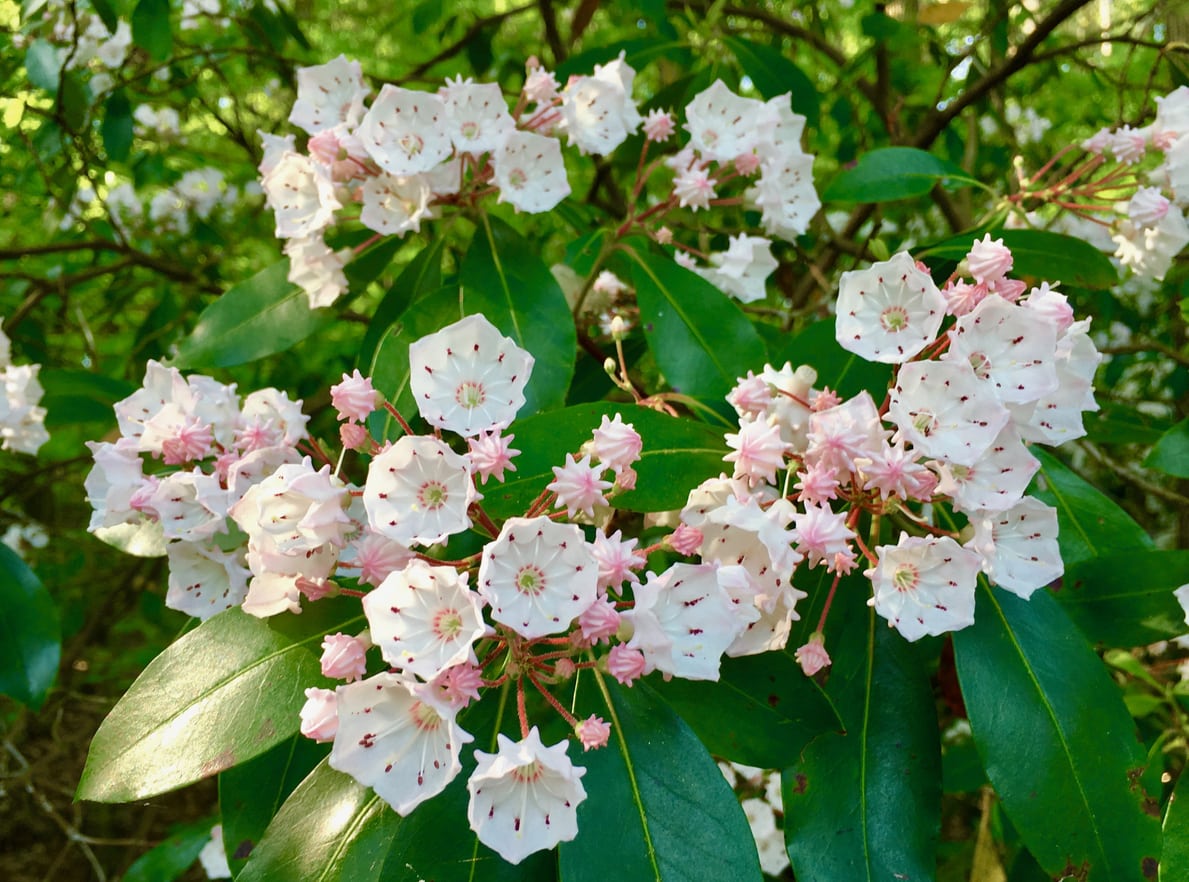 Mountain Laurel Irrigation: How To Water A Mountain Laurel Shrub
Mountain Laurel Irrigation: How To Water A Mountain Laurel ShrubA sometimes overlooked North American native, mountain laurel is a very hardy, shade tolerant shrub that produces beautiful, showy flowers where many other plants will not. Learn more about mountain laurel water needs in this article.
By Liz Baessler
-
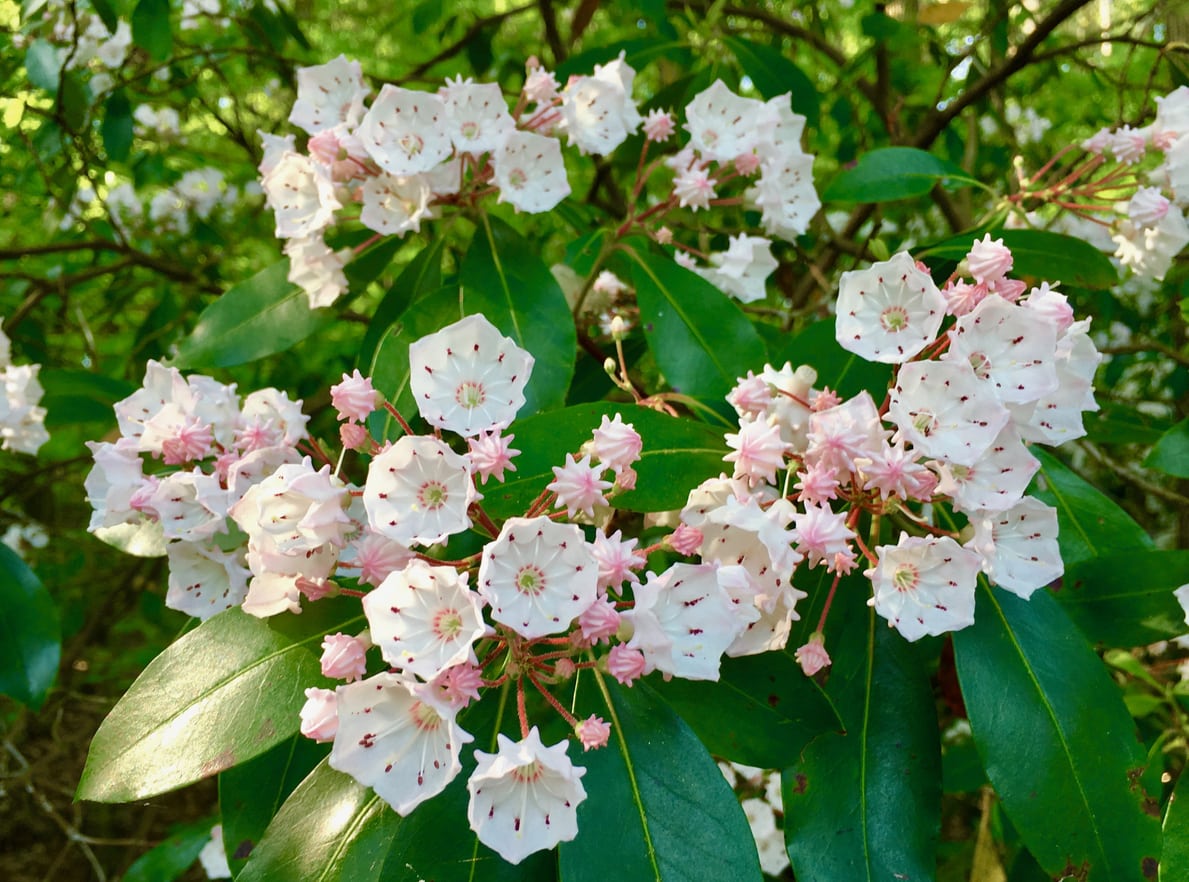 Growing New Mountain Laurels: Learn About Mountain Laurel Propagation
Growing New Mountain Laurels: Learn About Mountain Laurel PropagationPropagating from plants in your yard is cheaper and more rewarding. Growing new mountain laurels can be done by a couple of accepted methods: by seed and by cuttings. Find out how to propagate mountain laurel shrubs in this article.
By Mary Ellen Ellis
-
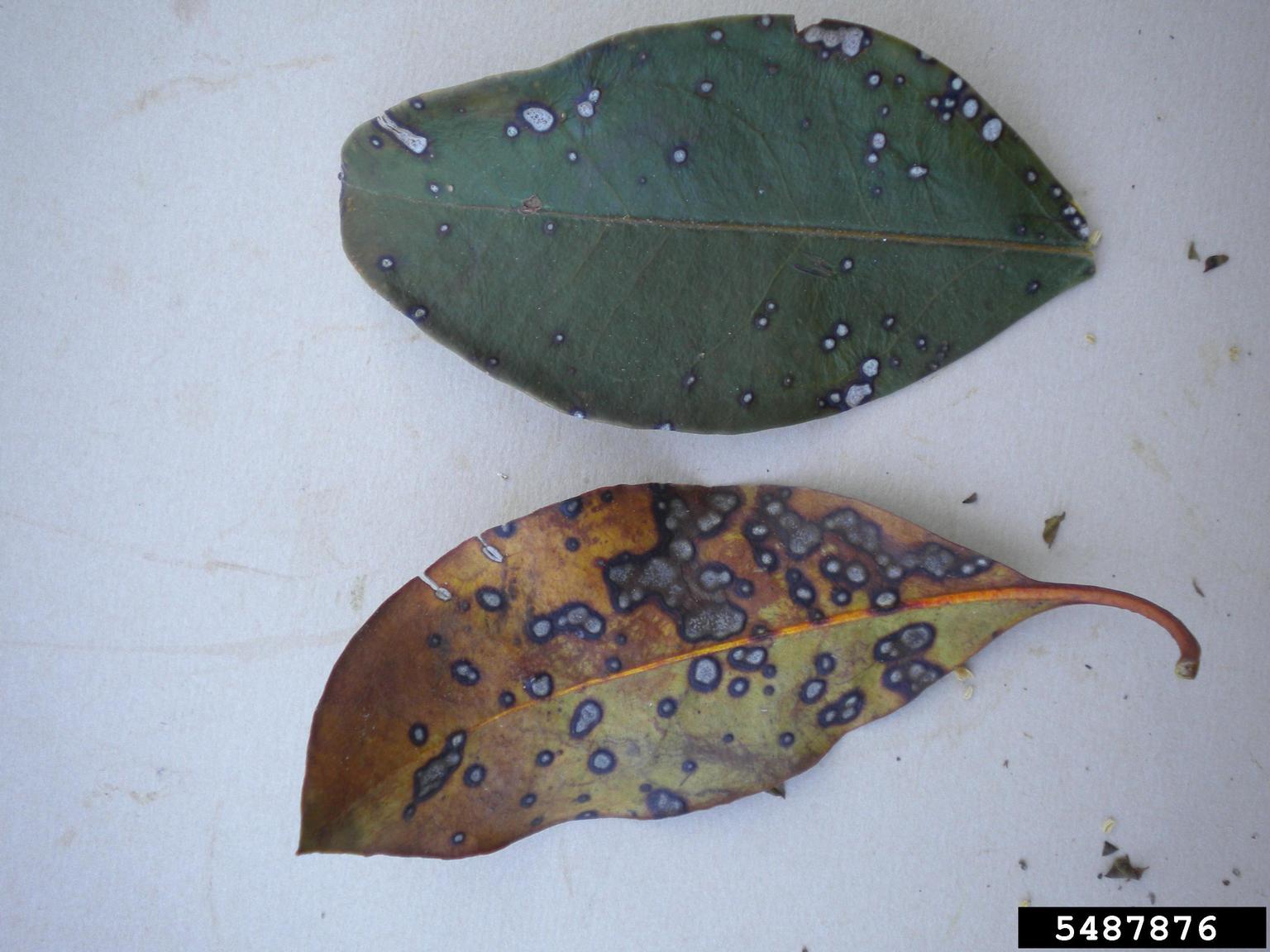 Diseases Of Mountain Laurel Bushes: What’s Wrong With My Mountain Laurel
Diseases Of Mountain Laurel Bushes: What’s Wrong With My Mountain LaurelIf your mountain laurel has leaf spots or chlorotic foliage, you may be wondering, “Is my mountain laurel sick.” Like all plants, mountain laurels have their share of diseases. It is important to learn the signs of these diseases in order to treat them. This article will help.
By Amy Grant